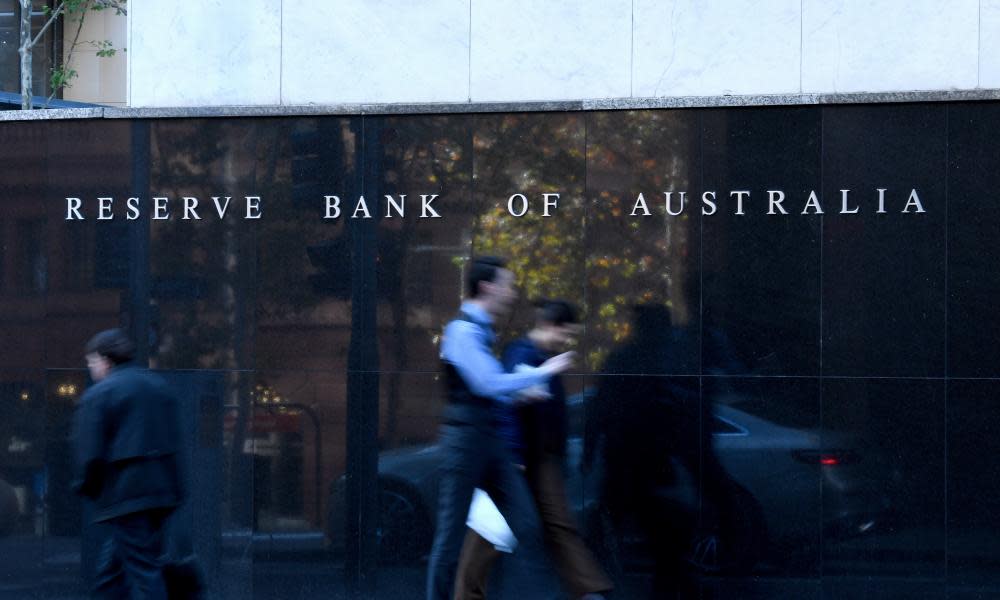Reserve Bank of Australia may have to buy state debt if Covid recovery slow, S&P says

The Reserve Bank of Australia may need to support the states and territories by buying more of their debt if recovery from the coronavirus crisis is patchy or slow, ratings agency Standard & Poor’s says.
In a report released on Wednesday, S&P said total state, territory and commonwealth debt reached $1tn for the first time in April, as governments loaded up with cash in preparation for big-spending budgets due to be unveiled before the end of the year.
The ratings agency raised the possibility the RBA could finance spending by buying bonds directly from the states, rather than from banks in the secondary market, as it presently does.
Related: Paul Keating accuses Reserve Bank of not doing enough for Australia's economy in Covid recession
So-called “monetary finance” has fans including the former prime minister Paul Keating, but runs counter to orthodox central-bank thinking and has been repeatedly ruled out by the RBA’s governor, Philip Lowe.
S&P said all states and territories, with the possible exception of Western Australia, were likely to report monster budget deficits as spending needed to combat the coronavirus crisis piled on top of already substantial infrastructure commitments.
It said this increased the risk it might downgrade the credit ratings of the states, with Victoria in particular a 50% chance to lose its AAA rating, the best available, within a few months.
However, with interest rates at historic lows, ratings downgrades might not be important in the short term, S&P said.
It said the RBA’s decision to wade into the market for government bonds to make sure it did not freeze over during the crisis was “crucial”.
In addition to buying more federal government bonds, the RBA has dramatically increased its holdings of state bonds – known as “semis” in debt-market jargon.
RBA data shows the central bank held about $2.2bn of semis in February, broadly in line with its holdings for the past two years.
In March, this figure exploded to $6.8bn, before again climbing to reach $12.3bn by the end of August.
However, S&P analyst Martin Foo said that by international standards this was “quite low”. Buying more “would be an intuitive move”.
Foo said S&P had no view on whether the RBA directly buying state government debt was a good idea, but there was no legal impediment to the bank doing it.
Overseas, most central banks bought state and territory debt in the secondary market – from banks – but there were examples of direct financing in the US and Canada, he said. The strategy was also used in the developing world.
“In places like Indonesia, the central bank is already directly financing the government and it seems to be tolerable,” Foo said.
“It really comes back to the credibility and ability of the central bank to pull back once you’ve done that.”
He said the ratings S&P gave to states was a view only of credit issues and the agency was not in the business of trying to tell governments what to do.
“There seems to be a misguided idea out there that S&P dictates fiscal policy or that if they spend too much, we ring them up and say ‘no’,” Foo said. “If they want to borrow more, that’s perfectly understandable in the present environment.”


